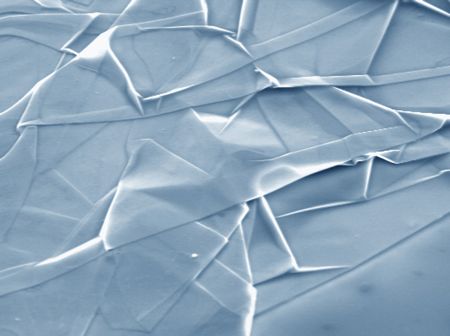 |
Researchers have used the world’s thinnest material to create the world’s smallest transistor, one atom thick and ten atoms wide.
Dr Kostya Novoselov and Professor Andre Geim…at The University of Manchester show that graphene can be carved into tiny electronic circuits with individual transistors having a size not much larger than that of a molecule.
The smaller the size of their transistors the better they perform, say the Manchester researchers.
Four years ago, Geim and his colleagues discovered graphene, the first known one-atom-thick material which can be viewed as a plane of atoms pulled out from graphite. Graphene has rapidly become the hottest topic in physics and materials science.
Now the Manchester team has shown that it is possible to carve out nanometre-scale transistors from a single graphene crystal. Unlike all other known materials, graphene remains highly stable and conductive even when it is cut into devices one nanometre wide.
This means you can make an iPod how small?















hhmmm i think this might be where moore’s law stops…. right here……
[Comment deleted – Violation of Posting Guidelines. – ed.]
prepare to be chipped by remote controlled mosquitos
Interesting, but the problem with such extreme nano scale devices is how do you interconnect them ??? Each “Transistor” had three terminals, each requiring at least one atom of copper or aluminum. So while you might be able to make one in the lab, how do make 100 million per device in the fab ? Good Luck !!!
Too funny #4. You’re asking the same questions folks did at Bell Labs in 1947 peering at the first transistor.
And I remember the first laser I saw – it took up a room about 25 feet square and a ton of electricity.
This is what engineers do after stuff is discovered by scientists.
You thought trying to find a lost contact lens was hard…. Nobody sneeze….
#4. You connect them via light beams. These layers would be way to thin to withstand even the tiniest of current flow, that would be of much use in the larger scales. So their applications will have to be reserved for internal logic arrays. And probably powered by, and connected by, light energy. Otherwise, they’d fry from the merest power spike. I’m thinking this technology will eventually lead to the first Positronic Brain. But they would have to build one to “think” rather than to calculate numbers. So AI has any chance of working. If this Tech ever lead to iPods the thickness of credit cards, I’d be surprised.